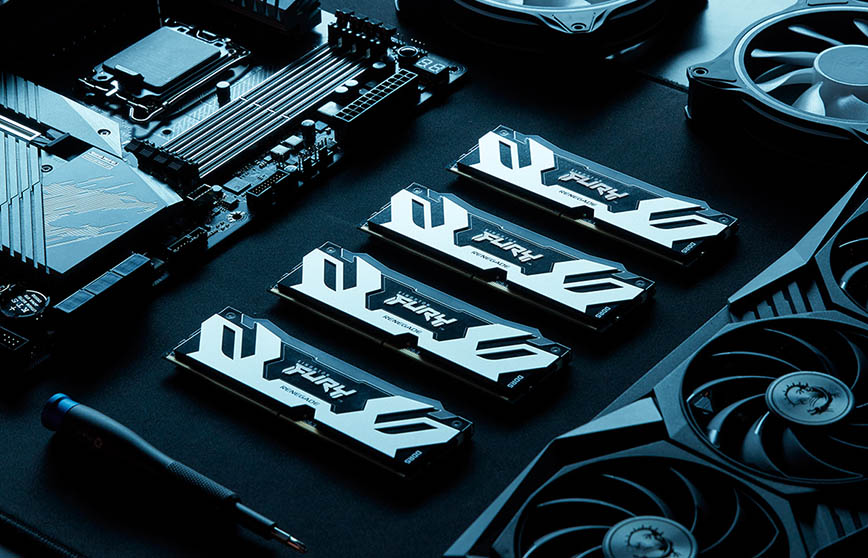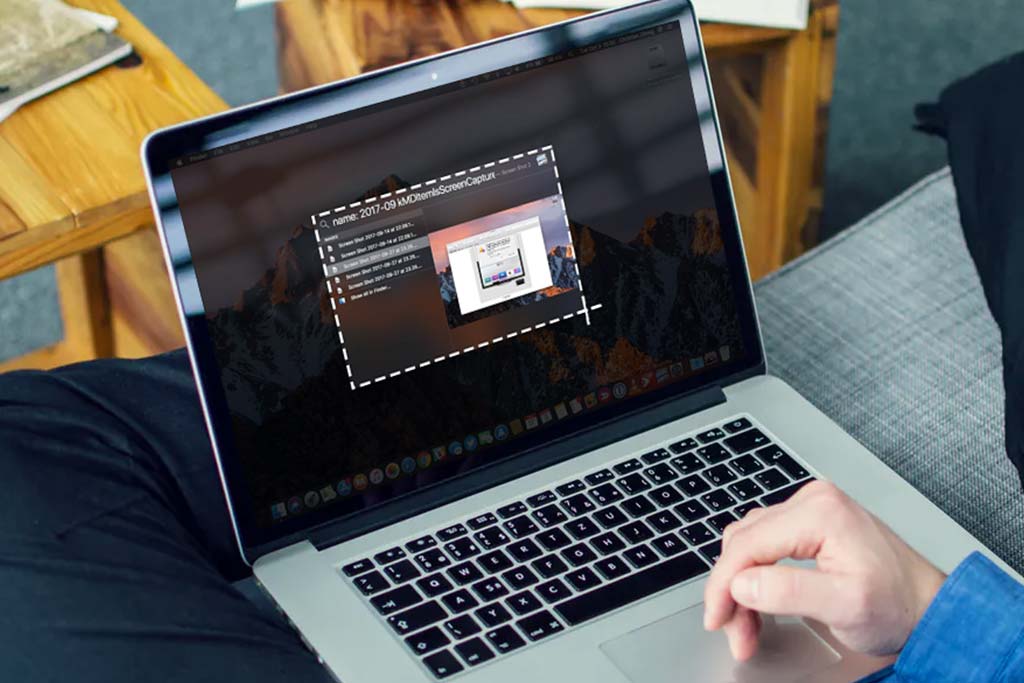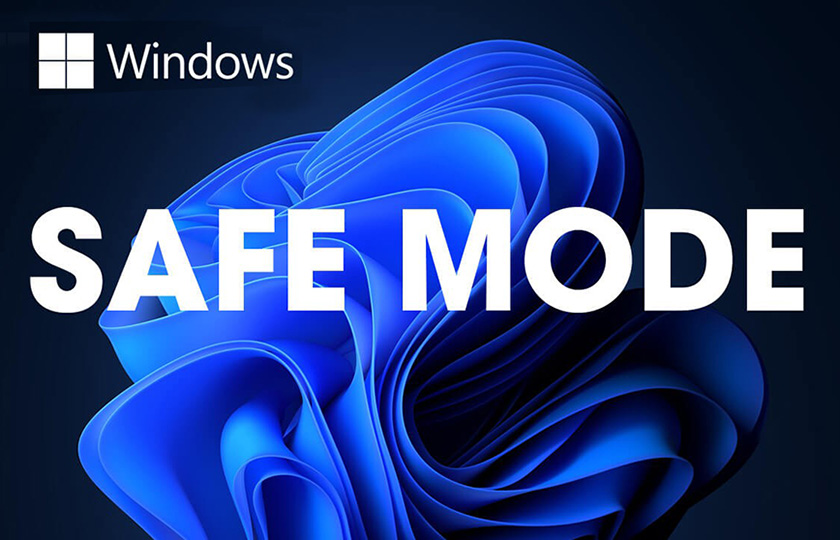Is overclocking safe? How to overclock CPU or GPU safely?
Welcome to Blackview (Retail good but cheap laptop and mini PC) blog. Hope the guide helps.
Overclocking means making your computer’s CPU or GPU run faster than the manufacturer’s recommended speed. It can improve performance for gaming, video editing, or other tasks, but it comes with risks.

Is Overclocking Safe?
1. It Can Be Safe, But... Overclocking is generally safe if done carefully. Many modern CPUs and GPUs have built-in protections, like temperature limits, to prevent serious damage. However, there are still risks, especially if you push your system too hard.
2. Heat is the Biggest Risk When you overclock, your CPU or GPU works harder, generating more heat. If your cooling system isn’t good enough (fans, heat sinks, or liquid cooling), the components can overheat and potentially get damaged. Always monitor the temperature while overclocking.
3. System Instability Overclocking can make your computer unstable. You might experience crashes, freezing, or the “Blue Screen of Death” if the settings aren’t right. Testing the stability of your system after overclocking is essential.
How to Overclock Safely?
1. Start Slowly. Don’t try to max out the speed right away. Increase the clock speed gradually and test your system after each change to make sure it stays stable.
2. Use Proper Cooling. Make sure your computer has good cooling before overclocking. You may need to upgrade your fans or even install liquid cooling if you want to overclock aggressively.
3. Monitor Your System. Use monitoring software to keep an eye on the CPU/GPU temperature and system stability. If temperatures get too high, lower the overclock settings or improve your cooling setup.
Should You Overclock?
Overclocking can be great for getting more performance out of your system, but it’s not necessary for everyone. If you only use your computer for browsing, watching videos, or basic tasks, overclocking isn’t worth the risk.
How to Overclock CPU?
Step 1: Check Your Hardware
1. Ensure Your CPU is Unlocked Not all CPUs can be overclocked. Intel’s unlocked CPUs have a “K” at the end (e.g., i7-9700K), while AMD’s Ryzen processors are typically overclockable.
2. Ensure Good Cooling Overclocking generates more heat. Make sure you have an adequate cooling system. Stock coolers are often insufficient for heavy overclocking, so you may need aftermarket air coolers or liquid cooling.
3. Verify Your Motherboard’s Compatibility Ensure your motherboard supports overclocking. For Intel, you need a motherboard with a Z-series chipset (e.g., Z390), while most AMD motherboards with B or X chipsets support it.
Step 2: Backup Your Data
Before you start, back up your important files. Overclocking can lead to system instability, and while rare, it’s better to be safe than sorry.
Step 3: Enter the BIOS/UEFI
Restart Your Computer: As soon as it starts booting up, press the designated key (usually Delete, F2, or Esc) to enter the BIOS/UEFI interface.
Find the Overclocking Section: Look for a tab labeled something like “Advanced,” “Performance,” or “OC” (for overclocking).
Step 4: Adjust CPU Settings
1. Increase the CPU Multiplier
- The CPU’s clock speed is calculated as the Base Clock (BCLK) × Multiplier. For example, if the base clock is 100 MHz and the multiplier is 40, the CPU speed will be 100 × 40 = 4 GHz.
- Gradually increase the multiplier. For instance, if your CPU runs at 3.6 GHz (36 multiplier), raise it to 3.8 GHz (38 multiplier).
2. Adjust the Voltage (Vcore)
- To maintain stability with a higher clock speed, you might need to slightly increase the CPU core voltage (Vcore). However, raising the voltage increases heat and power consumption.
- Start by increasing the voltage in small increments (e.g., 0.01V). Never increase it too much at once, as too much voltage can damage your CPU.
Step 5: Test System Stability
1. Save BIOS Settings: After making changes, save and exit the BIOS. Your system will reboot.
2. Stress Test Your CPU:
- Use software like Prime95, Cinebench, or AIDA64 to stress test your CPU.
- Monitor CPU temperatures using programs like HWMonitor or Core Temp. Your CPU temperature should ideally stay below 85°C under full load, and definitely below 90°C.
- If the system is stable after 30 minutes to 1 hour of testing, you can try increasing the clock speed further. If it crashes or overheats, you may need to reduce the clock speed or increase the cooling.
Step 6: Fine-Tuning
1. Gradually Increase Clock Speed: If your system is stable, you can return to the BIOS and increase the multiplier further. Repeat the stress testing after each adjustment.
2. Find a Balance: You’ll need to find the highest clock speed that’s stable without exceeding safe voltage or temperature limits. This balance ensures your CPU runs faster without risking long-term damage.
Step 7: Monitor Daily Use
Once you’ve found a stable overclock, monitor your CPU temperatures and system stability during regular use. If you encounter crashes or overheating, adjust your settings accordingly.
Safety Tips:
- Keep the Voltage Low: The higher the voltage, the greater the risk of damaging the CPU. Stay within the recommended voltage range for your CPU model.
- Watch the Temps: Never let your CPU run at high temperatures for long periods. High temperatures can degrade the CPU over time.
- Avoid Extreme Overclocking: If you’re new to overclocking, start with modest increases in speed. Extreme overclocking requires advanced cooling solutions and carries higher risks.
How to Overclock GPU?
1. Get Overclocking Software
You’ll need a tool to adjust your GPU settings and monitor its performance. Popular options include:
- MSI Afterburner (widely used and reliable)
- EVGA Precision X
- AMD Radeon Software (for AMD GPUs)
- NVIDIA GeForce Experience (for NVIDIA GPUs)
These programs let you control the clock speed, power limit, and fan speed of your GPU.
2. Benchmark and Monitor
Before you start overclocking, benchmark your GPU to understand its current performance. Use benchmarking tools like 3DMark or Heaven Benchmark to test performance and establish a baseline.
Also, monitor your GPU’s temperature and stability using tools like HWMonitor or the built-in monitoring features in overclocking software.
3. Increase Clock Speed Gradually
- Core Clock: Start by increasing the GPU’s core clock speed by small increments (about 10-20 MHz at a time).
- Memory Clock: After adjusting the core clock, you can also increase the memory clock (also in 10-20 MHz increments).
- After each increase, run a benchmark or stress test to check for system stability and ensure temperatures are under control.
4. Adjust Power and Temperature Limits
If your GPU isn’t performing well with the new clock speeds, you can try increasing the power limit and temperature limit in your overclocking software. Raising these limits allows your GPU to use more power and tolerate higher temperatures, which can improve stability when overclocked. However, don’t set these limits too high, as it can lead to overheating.
5. Monitor Temperature
Your GPU should stay below 85°C (185°F) to avoid damage. Ideally, aim for temperatures around 70-80°C during heavy use. If your GPU gets too hot, reduce the overclock or improve cooling with better airflow or aftermarket coolers.
6. Test for Stability
After each increase in clock speed or power limits, run a stress test or play a graphically demanding game for an extended period (at least 30 minutes). If the system crashes, shows artifacts (weird screen glitches), or overheats, reduce the clock speed slightly and test again.
7. Fine-Tune Your Overclock
Keep adjusting the core and memory clocks until you find the highest stable settings. Remember to always test for stability and monitor temperatures after each change. When you find a stable overclock, save the settings in your overclocking software.
Tips for Safe Overclocking
- Upgrade Cooling: If your GPU is running hot, consider improving your case’s airflow, or invest in a better GPU cooler.
- Watch Power Consumption: Overclocking increases power usage. Make sure your power supply can handle the extra load.
- Don’t Overdo It: Extreme overclocking can reduce the lifespan of your GPU. Stick to safe, gradual increases.
Conclusion
Overclocking is safe if done carefully, with the right cooling and proper settings. However, it always comes with some risk, so weigh the benefits against the potential damage before making changes.




